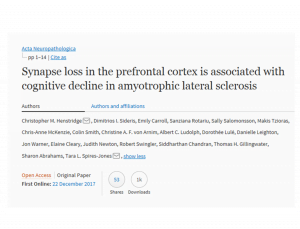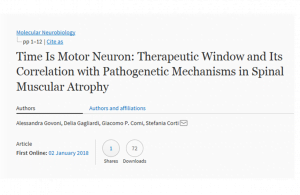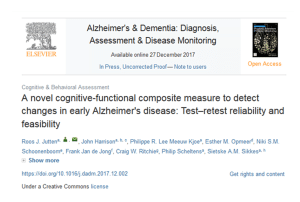Mutations in the human genome may be responsible for many diseases. In the case of Parkinson’s disease (PD), variants of ACMSD (aminocarboxymuconate semialdehyde decarboxylase), may be implicated in PD, but until now, no mutations in ACMSD had been found in any PD patients. In a study in the Journal of Parkinson’s Disease, researchers announce the discovery of a unique mutation in a 74-year-old man with PD. This mutation is not found in the neurologically normal population, and may be the first indication that rare variants in ACMSD alone might increase the risk of PD.
The novel ACMSD mutation was identified during a genetic screening study of 62 PD patients on the island of Menorca, which were matched with 192 ethnicity-matched neurologically normal individuals with no family history of PD. Genetic variants found in these individuals were checked against various databases to identify normal variations observed in other populations. While researchers found mutations already associated with PD, they discovered one novel mutation in the ACMSD gene in a single patient with no family history of PD and none of the known PD-related mutations found in other populations.
The ACMSD gene encodes for an enzyme in the kynurenine pathway, aminocarboxymuconate semialdehyde decarboxylase, involved in the metabolism of tryptophan. Some metabolites of the kynurenine pathway are known to play an important role in the central nervous system in both health and disease states. Specifically, ACMSD activity results in less accumulation of quinolinic acid which is a molecule known to have neurotoxic properties. Not only does quinolinic acid cause „excitotoxicity“ (overstimulation of nerve cells leading to their death), but it can also directly activate the immune cells of the brain, i.e. microglia, and thereby trigger inflammation (already known to occur in PD). Therefore, there is a good pathobiological rationale for why reduced levels (due to the mutation) of functional ACMSD can result in the type of neurodegeneration seen in PD brains.
According to the researchers, these results could lead to a better understanding of the disease and, potentially, to the development of new therapeutic strategies.
Reprinted from materials provided by IOS Press.





